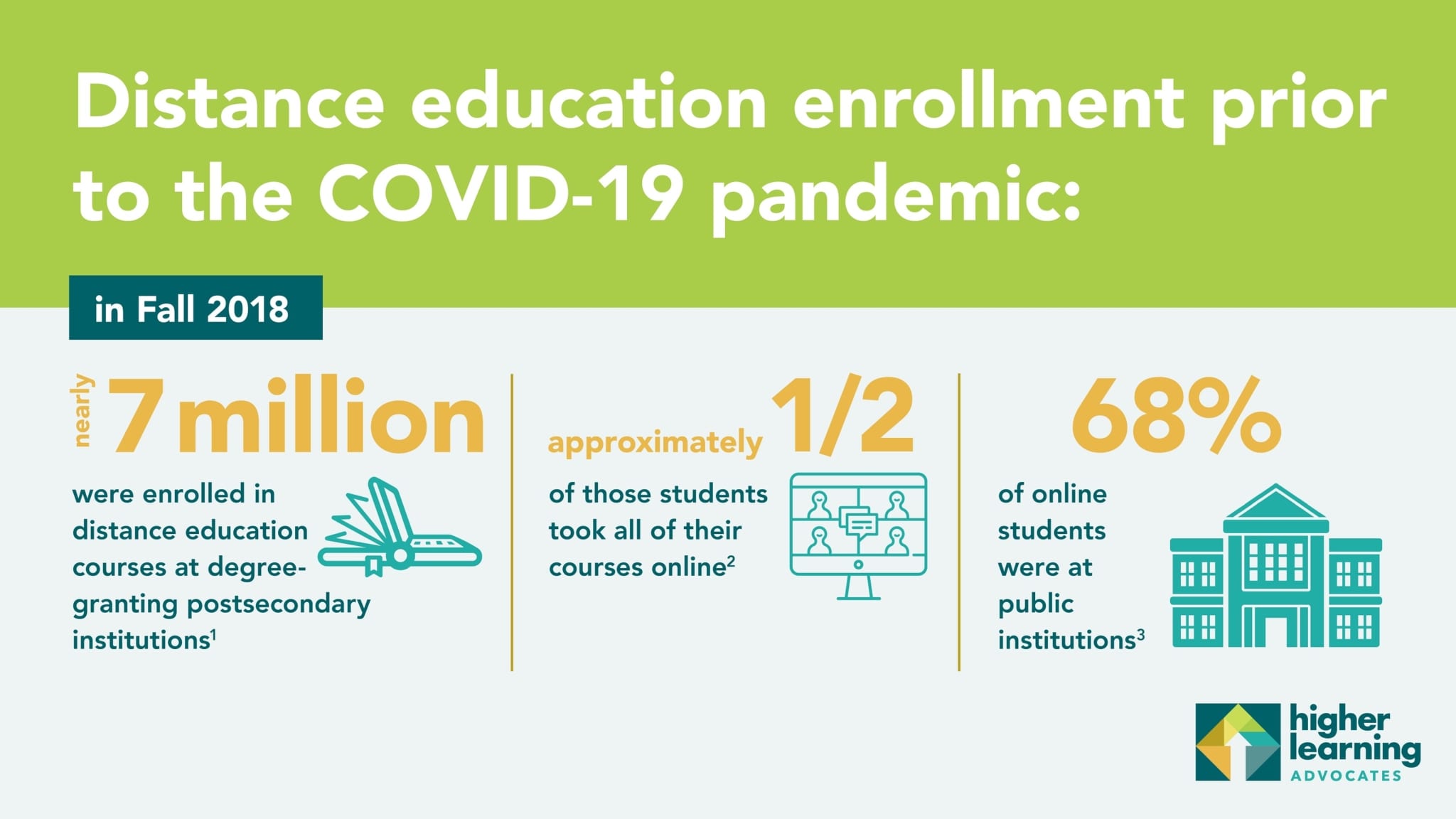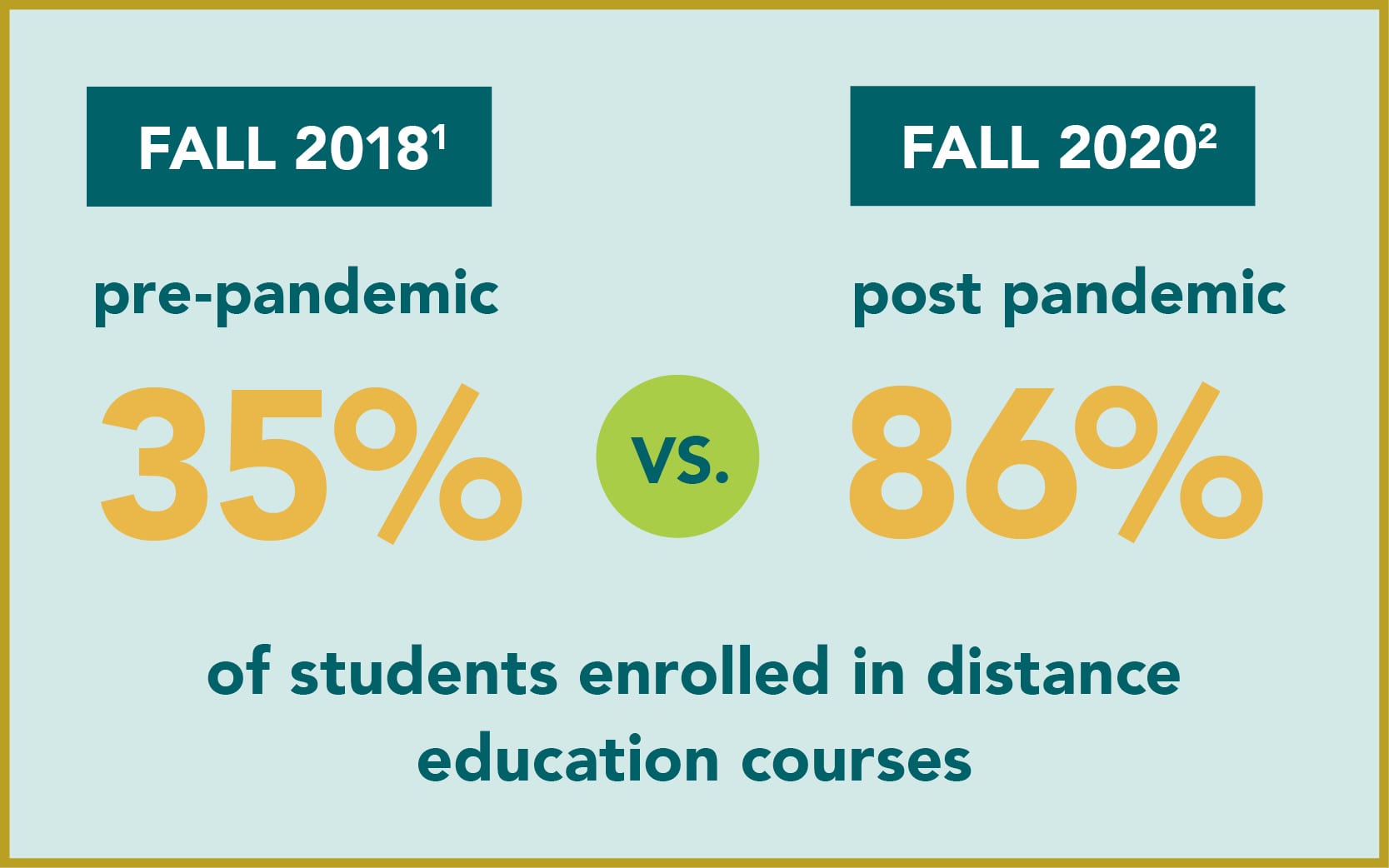Resources
Today’s Students Coalitions’ federal policy resources include the most current data on adult students, parenting students, college affordability, equity, and more. Our work has resulted in positive change for today’s students, including access to discounted broadband for Pell students, the establishment of emergency aid funds, and increased financial aid for parenting students.
Ensuring Equity: Policy Recommendations to Increase the Diversity of Selective Public Institutions of Higher Education
Factsheet: Equity Gaps in Higher Education
101: Distance Education
Distance Education Backgrounder
The Playbook for Today’s Students
What Works for Today’s Students: Increasing Diversity at Selective Institutions
Using Earnings Metrics for Accountability
FAQ: Distance Education Accreditation and COVID-19 Waivers
State Profiles
State profiles feature key data points, visual infographics, and brief explanations of all 50 states, and are a quick and easy resource for policymakers, analysts and media.



